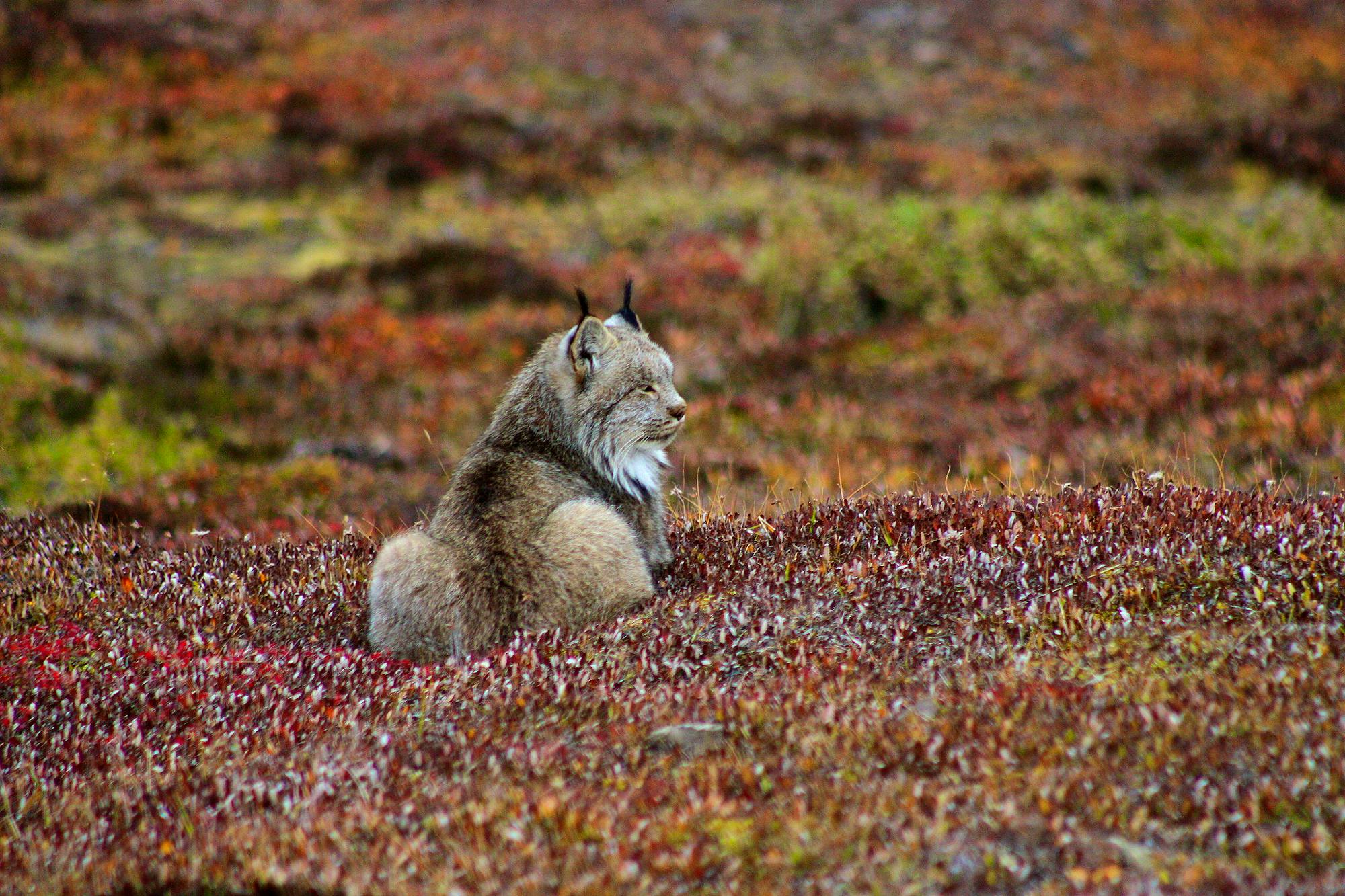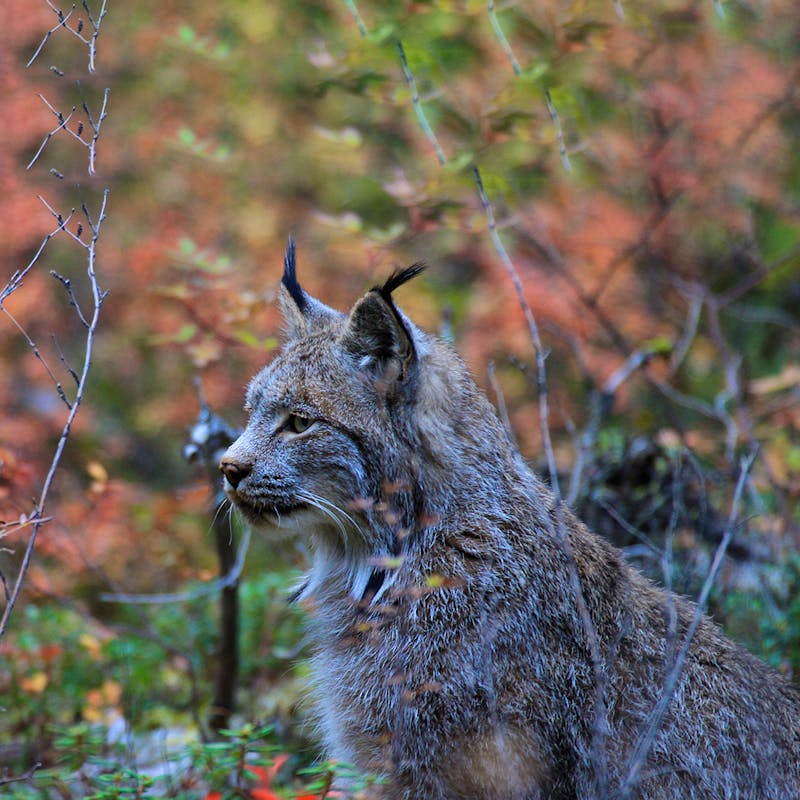As the coronavirus COVID-19 shuts down cities and stalls economies, it is clear a virus can impact our wellbeing. It is widely suggested that wildlife is the likely source of the virus, although we don’t yet know enough to pinpoint a species. This makes me wonder: if COVID-19 is this bad for us humans, what impacts do viruses have on wild animals? Are viruses ever serious enough to impact their populations?
Viruses are simple organisms—basically tiny packets of genetic material inside protein shells that can infect animals, plants and even bacteria. They can spread quickly by duplicating themselves after hijacking a host cell’s machinery. They typically specialize in one host species or group—like humans, birds or plants—and it’s unusual for them to shift among groups.
Not all viruses are bad. Much like how probiotics (protective bacteria) build immunity, protective viruses also provide benefits. The threatened Canada lynx has at least 11 different genomoviruses associated with gut microbiome that likely help the cats digest. Researchers also recently detected another harmless virus, named Lynx canadensis gammaherpesvirus after the cat, in spleen samples from lynx in Maine and Newfoundland, Canada. While some viruses—like feline parvovirus (FPV), feline coronavirus and feline herpesvirus—can cause lynx serious harm, fortunately this appears rare.
That said, some viruses can threaten entire species to the point of extinction. In fact, disease is a factor that can qualify a species for protection under the Endangered Species Act.
One of the most infamous viruses is the avian poxvirus that led to the decline and extinction of many Hawaiian birds, including the Kaua’I ‘akialoa, which hasn’t been observed in the wild since 1969. Avian pox is a viral disease found in bird families across North America. Much like chickenpox in humans, pox causes skin lesions on the featherless parts of a bird’s face, legs and feet, and can cause death if lesions break out in the mouth or throat.
Another virus is the infectious hematopoietic necrosis virus that affects endangered rainbow trout, chinook salmon and Atlantic salmon. First reported in the 1950s at fish hatcheries in Oregon and Washington, this virus impacts wild and farmed stocks. Young fish are especially vulnerable, and mortality can affect 90% to 95%. Fortunately, the virus is not as prevalent in the wild as it is in fish farms, but the heightened susceptibility of farmed fish to viruses and other diseases is one of the many reasons Defenders advocates for recovery of our wild populations.
If an animal is already sick, viruses can take advantage of a host’s weakened immunity, making it harder to recover. Ranaviruses alone affect many species of imperiled fish, reptiles and amphibians, including the threatened California red-legged frog, endangered Sonora tiger salamander and endangered dusky gopher frog. These viruses cause organ necrosis and massive hemorrhaging and tend to affect larvae but not adults. Researchers have also found ranaviruses among populations of endangered mountain and Sierra Nevada yellow-legged frogs infected with amphibian chytrid fungus, Bd (Batrachochytrium dendrobatidis). Although ranaviruses are not likely to be a major cause of population decline in these species, the viruses could increase the susceptibility of infected individuals to Bd, which is a major cause of decline.


For species with only a single population or living in a single area, uncontrolled spread of a virus could wipe out the entire species. For example, the Virginia roundleaf birch lives in only six populations in one county in Virginia. This beloved species used by Native Americans to make canoes and bowls, has golden fall foliage and paper-like bark that separates into thin sheets. But a foliar virus is causing the leaves to roll and lose their color. The virus also causes extensive areas of leaf necrosis, which can cause the tree to die.
Given the rapid spread of the coronavirus through our own human populations, it is easy to imagine how a virus could threaten wildlife, especially a species already in decline. Realizing our threatened and endangered wildlife also suffer from harmful viruses may help us better empathize and invest resources in protecting them, making our world a healthier place for us all.









